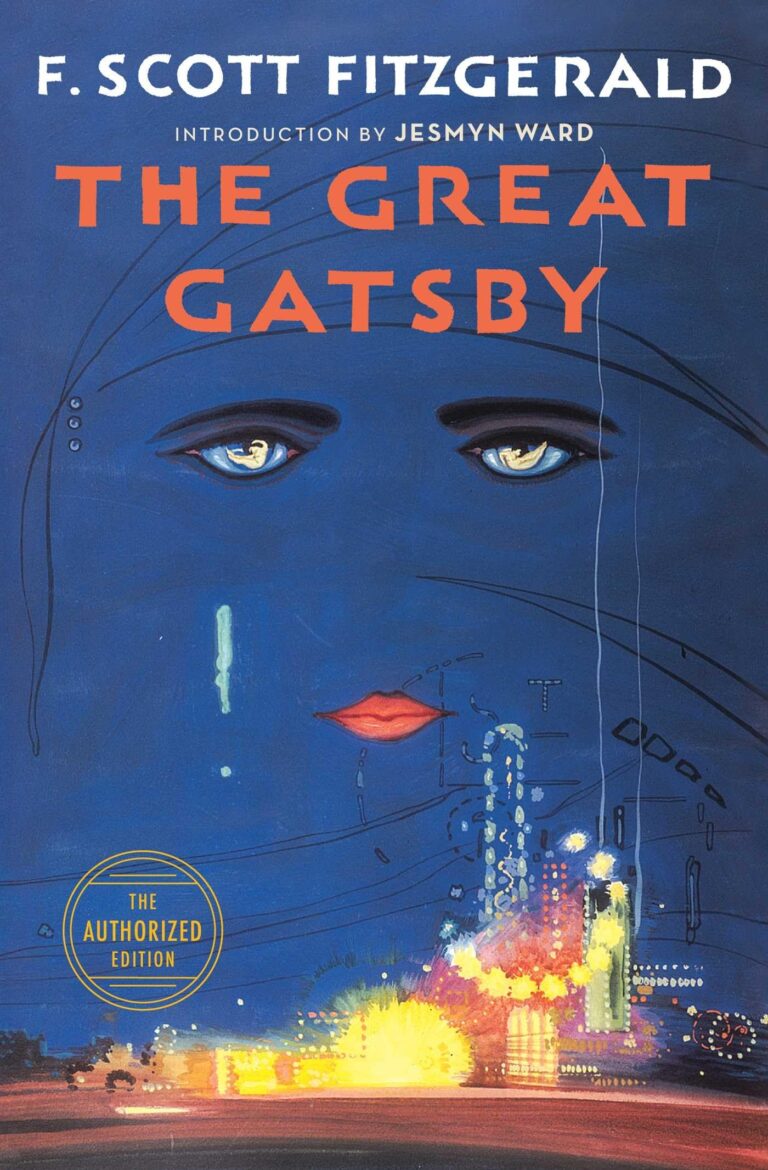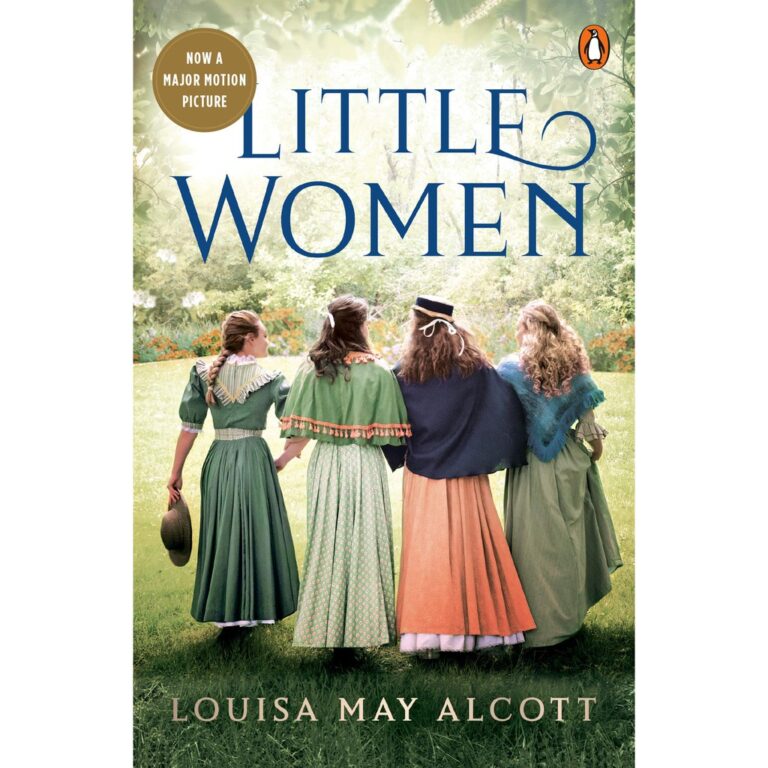Exploring the Chaos of Lord of the Flies
Exploring the Chaos of Lord of the Flies
What happens when civilization fades and raw human nature takes over? Lord of the Flies doesn’t just ask—it answers in the most chilling way.
Hey there, book lovers! So the other day, while organizing my old bookshelf, I came across a tattered copy of William Golding’s Lord of the Flies. I still remember reading it back in school—part terrified, part fascinated. Honestly, it left this weird ache, like some part of me got stranded on that island too. Whether you’ve read it recently or it’s just a distant memory from high school lit class, let’s dive deep into this iconic novel together. There’s more beneath the surface than just kids playing savage.
Table of Contents
The Symbolism of the Island
At first glance, the island in Lord of the Flies seems like paradise. Crystal waters, untouched beaches, endless freedom—it’s every child’s dream. But very quickly, it becomes a nightmarish microcosm of society. The island isn’t just a setting; it’s a symbol. A stage where innocence is tested, and society is stripped away layer by layer. From the conch shell to the “beast,” Golding uses the environment to mirror the psychological and moral decay of the boys.
Key Characters and Their Meanings
| Character | Symbolic Role |
|---|---|
| Ralph | Order, leadership, civilization |
| Jack | Savagery, power hunger, primal instincts |
| Piggy | Logic, reason, and science |
| Simon | Spirituality, morality, inner truth |
Themes of Power, Fear, and Savagery
Golding masterfully explores the darker corners of the human psyche. The novel isn’t just a tale of kids gone wild; it’s a meditation on what lies beneath our civilized masks.
- Power struggles emerge as Ralph and Jack clash over leadership styles.
- Fear of the unknown fuels the boys’ descent into irrational behavior.
- Savagery grows unchecked, symbolized by face paint, hunting, and ritual.

Civilization vs. Primal Instinct
One of the most haunting aspects of Lord of the Flies is how easily civilization collapses. At first, the boys try to replicate the order of the adult world: meetings, rules, even a conch to speak. But slowly, these constructs dissolve. The descent isn’t abrupt; it’s gradual, masked by fear, peer pressure, and a craving for power. This battle between order and chaos reflects a deeper tension within all of us—our desire to belong clashing with our instinct to dominate.
How Realistic Is Golding’s World?
| Aspect | Realistic? | Notes |
|---|---|---|
| Group behavior collapse | Plausible | Psychological studies support herd mentality |
| Complete savagery | Debatable | Context and age of children affect outcome |
| Lack of rescue effort | Unlikely | Modern search methods are highly effective |
Legacy and Modern Relevance
Even decades later, Lord of the Flies still hits hard. Why? Because the questions it raises are timeless. In today’s chaotic world, the novel’s message feels more urgent than ever.
- Social media echoes the mob mentality shown in the novel.
- Political polarization reflects the clash between order and chaos.
- The need for moral compass is more critical than ever.
The conch represents law, order, and structured society. As its power fades, so does civilization on the island.
It marks the final collapse of logic and reason on the island. After Piggy dies, chaos reigns completely.
It’s a severed pig’s head on a stick, but symbolically it represents the evil and darkness within all humans.
Simon acts as a Christ-like figure, offering wisdom and insight. He’s the only one who understands the “beast” is within them.
Not exactly. But it was inspired by Golding’s experiences in World War II and his deep doubts about human nature.
His arrival ironically restores order, but also highlights the hypocrisy of adult “civilization”—it too is marred by war and violence.
Thanks for sticking with me through this journey back to the island. Revisiting Lord of the Flies always makes me reflect—on society, on humanity, on myself. It’s not just a book about boys and survival; it’s about all of us and the thin line between order and chaos.






